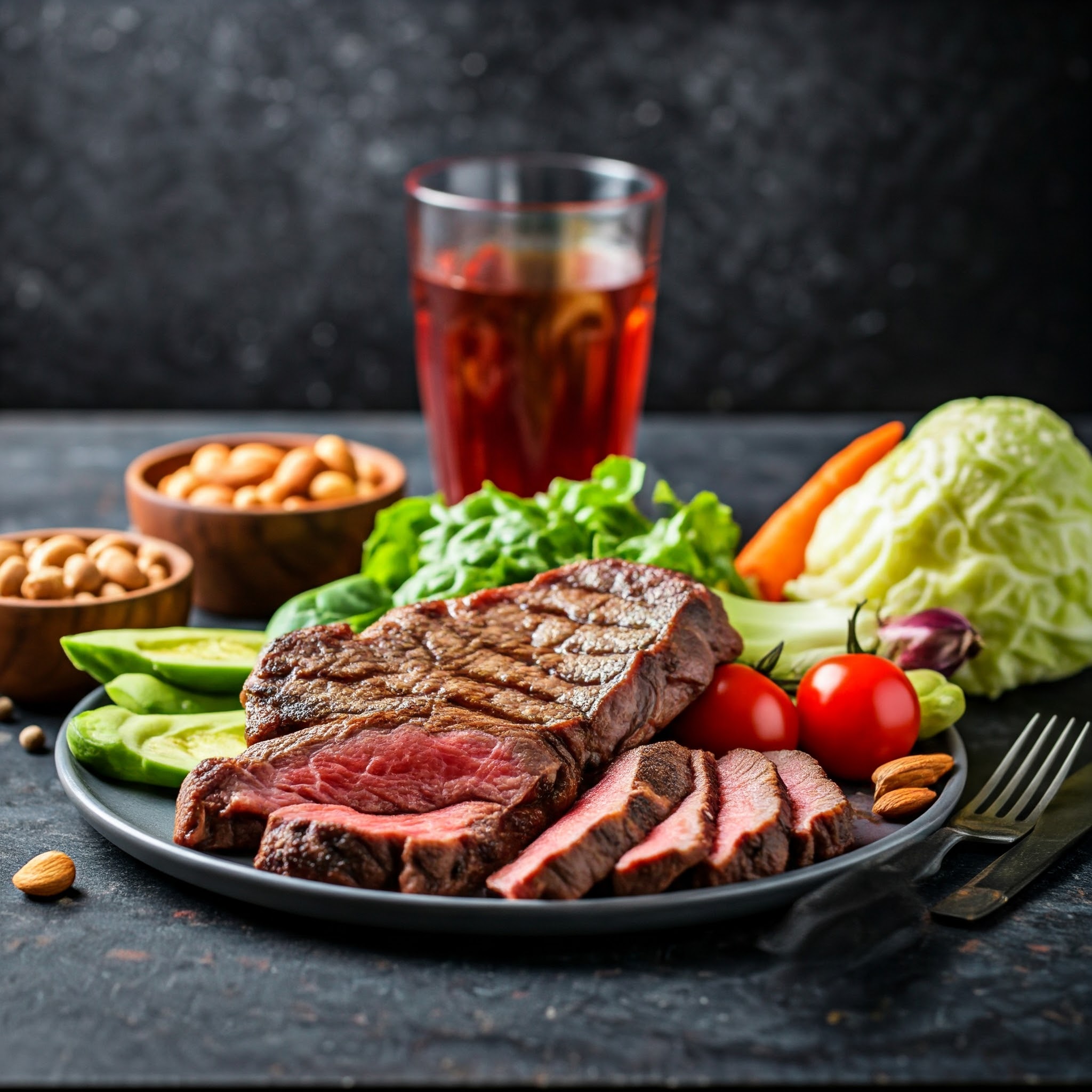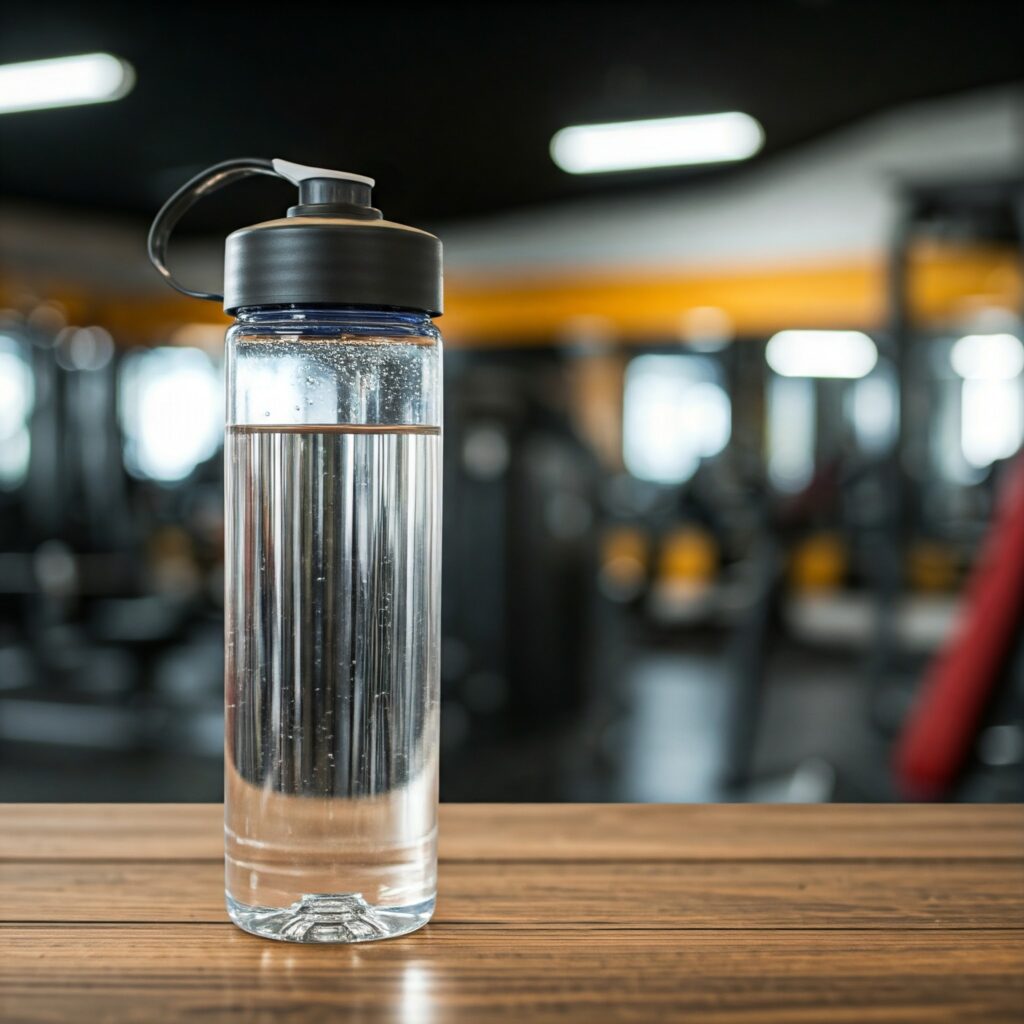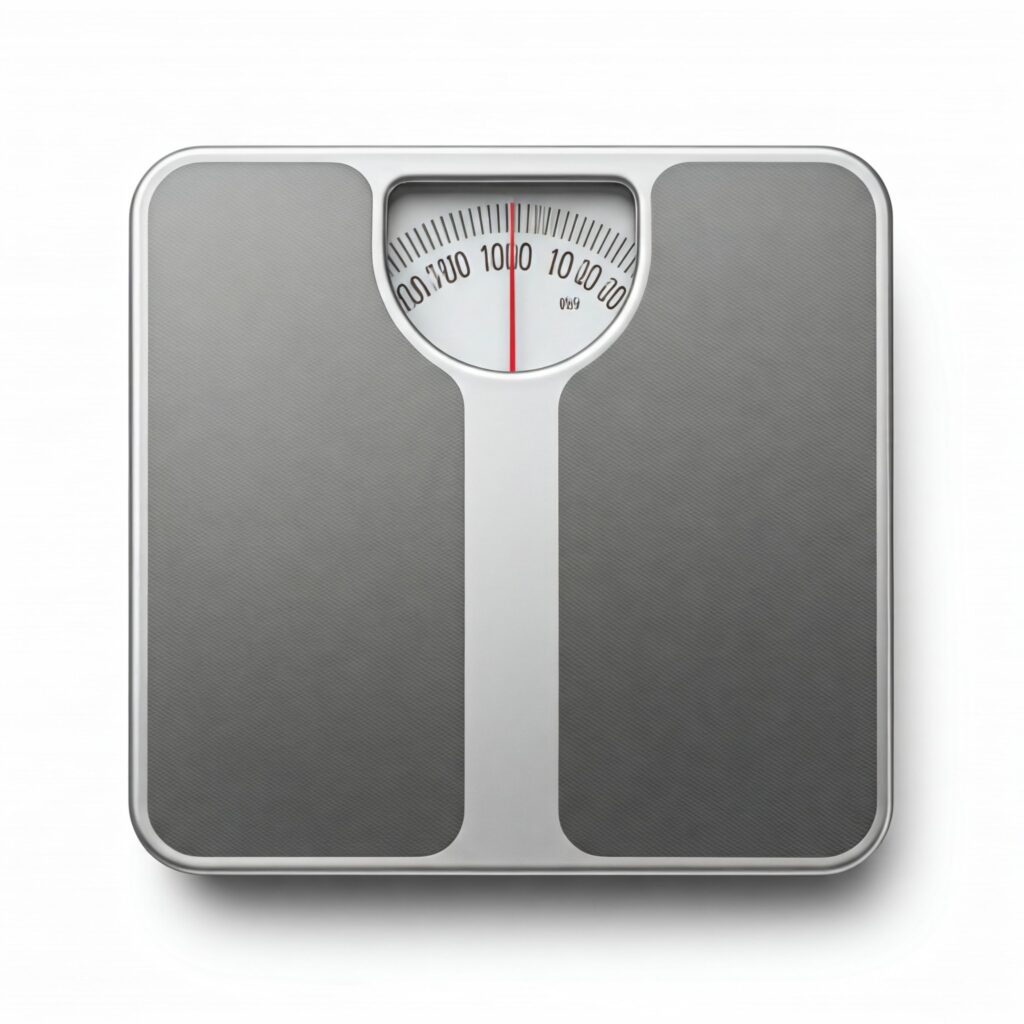Physical Address
304 North Cardinal St.
Dorchester Center, MA 02124
Physical Address
304 North Cardinal St.
Dorchester Center, MA 02124


When I first heard about the ketogenic diet, like many others, I was skeptical. How could eating more fat actually help you lose weight? But after diving deep into the research and experiencing its benefits firsthand, I’ve come to understand why this low-carb, high-fat diet has gained such a devoted following. In this comprehensive guide, we’ll explore everything you need to know about the ketogenic diet and how to succeed with this transformative eating approach.
The ketogenic diet, often called “keto” for short, is a low-carbohydrate, high-fat eating plan that transforms your body into a fat-burning machine. Instead of relying on carbohydrates for energy, your body switches to burning fat for fuel – a metabolic state known as ketosis.
Think of your body like a hybrid car that can run on either electricity or gasoline. In this analogy, carbohydrates are like electricity (your body’s preferred energy source), while fat is like gasoline (your backup fuel). The keto diet essentially forces your body to switch from its default energy source to its backup system.
When you drastically reduce your carbohydrate intake (typically to under 50 grams per day), your body runs out of its preferred energy source – glucose. After a few days of this carbohydrate restriction, your liver begins converting fat into fatty acids and ketone bodies. These ketones become your new primary energy source, powering everything from your brain to your muscles.

One of the most overlooked aspects of the keto diet is maintaining proper electrolyte balance. When you reduce carbohydrates, your body releases more water and electrolytes. This can lead to the dreaded “keto flu” if not properly managed. Supplement with:

Your water needs increase significantly on keto. Aim to drink at least 8-10 glasses of water daily, and more if you’re active. A good rule of thumb is to drink enough that your urine maintains a light yellow color.

Success on keto requires preparation. The modern world is filled with high-carb temptations, and having keto-friendly meals and snacks ready can make the difference between staying on track and falling off the wagon.
Many people experience fatigue, headaches, and irritability when first starting keto. This typically lasts 3-7 days and can be minimized by:
Dining out and social events can be challenging. Some effective strategies include:
Success on keto isn’t just about the scale. Pay attention to:

The ketogenic diet isn’t just another fad – it’s a scientifically-backed approach to nutrition that can lead to significant improvements in health and weight management when done correctly. Remember that everyone’s journey is different, and what works for one person may need adjustment for another.
Whether you’re just starting or you’re well into your keto journey, focus on progress over perfection. With proper planning, attention to important details like electrolytes and hydration, and a positive mindset, you can successfully adapt to and thrive on a ketogenic lifestyle.
Remember to consult with your healthcare provider before starting any new dietary program, especially if you have underlying health conditions or take medications.
Keywords: ketogenic diet, keto diet, ketosis, low-carb diet, high-fat diet, keto success tips, ketogenic lifestyle, keto meal planning, keto challenges, keto adaptation